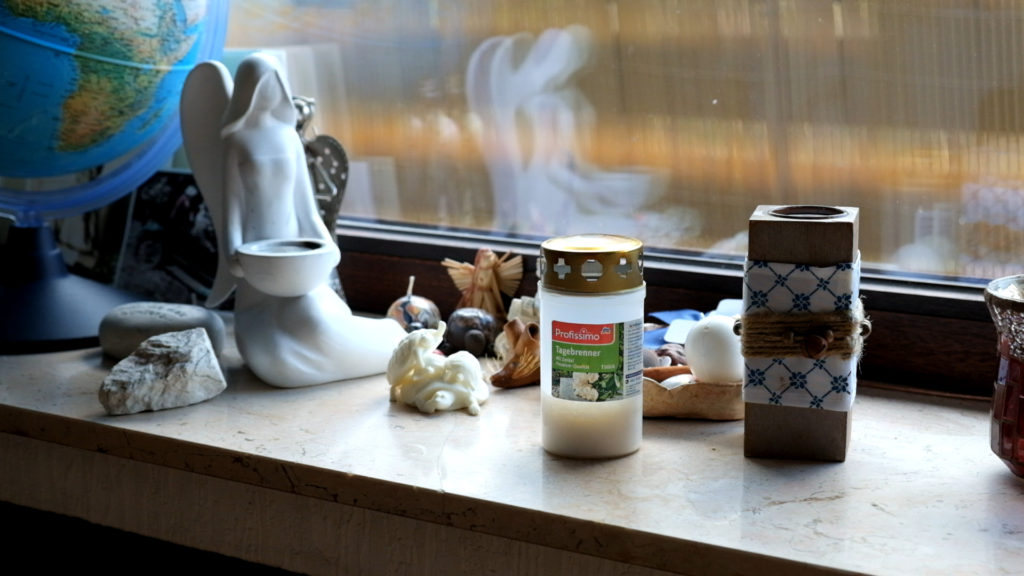How to Obtain Better Videos with Fujifilm X Cameras
GUEST POST FEATURE
Write Your Articles Directly On FujiRumors!
guest post by wilecoyote
Hello All!
In the most reviews of Fujifilm X Cameras that use the “old” X-Trans I and X-Trans II sensors it seems to be a consensus that the Cameras would produce videos of rather bad quality. Whereas the video quality of those cameras might not be on par with some of their best peers, there are some misconceptions regarding the video mode of Fujifilm X cameras and in this article I will briefly explain two factors that might help to obtain better looking videos.
The hints given below are verified with an X-E1 and X-T10, so I believe that they are applicable to all Fujifilm X cameras featuring an X-Trans I or II sensor.
1. Do not record in 1080p with 50fps or 60fps
Although the option to record video with 50/60 frames per second seems promising because of the initial assumption that more frames per second means somewhat “more” and therefore better quality video, it is not true in our case, unfortunately.
In fact, choosing 50fps or 60fps leads to a significant decrease of video quality! See the example below:


It is obvious that the Video recorded with 25fps shows significantly enhanced detail rendition and less moire in comparison to the one recorded with 60fps. The sample videos provided in most reviews are recorded at 50fps or 60fps, so I assume that most testers haven’t tried to record video at lower frame rates and therefore underrate the video quality.
It is not clear why the the video quality is decreased at higher frame rates, but an initial guess of mine would be that the camera’s processing power and/or sensor readout speed is not sufficient to create a hight quality readout and demosaicing within 1/60 second so that lower resolution pixel binning and demosaicing is used.
So it is a good idea to set your camera’s video framerate to 25fps or 30 fps.
2. Process the video with full tonal range
Push READ MORE
If you compare the videos you have recorded with your Fujifilm camera to photos you have taken with identical settings, you may notice that the video seem to provide far less tonal range in most video playsers and editing programs. This is not true. But there seems to be a bug in the Firmware of Fujifilm X cameras that leads to a reduction of the displayed tonal range of recorded videos:
The pixel value of each color channel in an 8 bit RGB video may be any integer value in the full range [0,255]. However, there exists a convention (which emerged from the history of video technology) that allows to only use values in the range [16,235], which is called video range. So a completely black pixel, which would be a 0 in full range, is a 16 in video range and the same goes for white, which is a 255 in full range and a 235 in video range.
The information whether a video’s pixel format is full range or video range is stored in the video file itself in the case of h264 video, which is recorded by Fujifilm cameras, so that the video player knows how to interpret the pixel values in the video. If that flag is not set, so that information is not given, most players assume that the video is in video range.
And although Fujilm cameras record video in full range, which is a really good thing because more color information is provided that way (thanks Fuji!), is seems that the according flag is missing so that many players and editing programs interpret the videos as video range and therefore cut the tonal range!
Some editing programs might provide a setting to interpret the videos as full range, which should be activated. Otherwise, I don’t know an easy way how to fix this unfortunately.
However, if you are familiar with FFMPEG, an open source (and therefore free) framework for video processing, you may re-encode you videos appropriately.
Here is an example command that can be run from the command line. It encodes a given videofile to a PRORES video (maybe you need to intall the codec to you pc for playback), assuming that the input video is in full range:
ffmpeg -i PATH_TO_INPUTFILE -vf scale=in_range=jpeg -vcodec prores -profile:v 1 -acodec copy PATH_TO_OUTPUTFILE.mov
Take a look at the example below:


The blown highlights and shadows are gone after processing the video!
I have contacted the Fujifilm customer service regarding this issue and they answered that they would pass the issue to the responsible department (whatever that means ;) ). Let us hope that there will be a firmware fix comig in the far future!
So that’s it for today. Thank you for reading this article. I hope that it helps!

